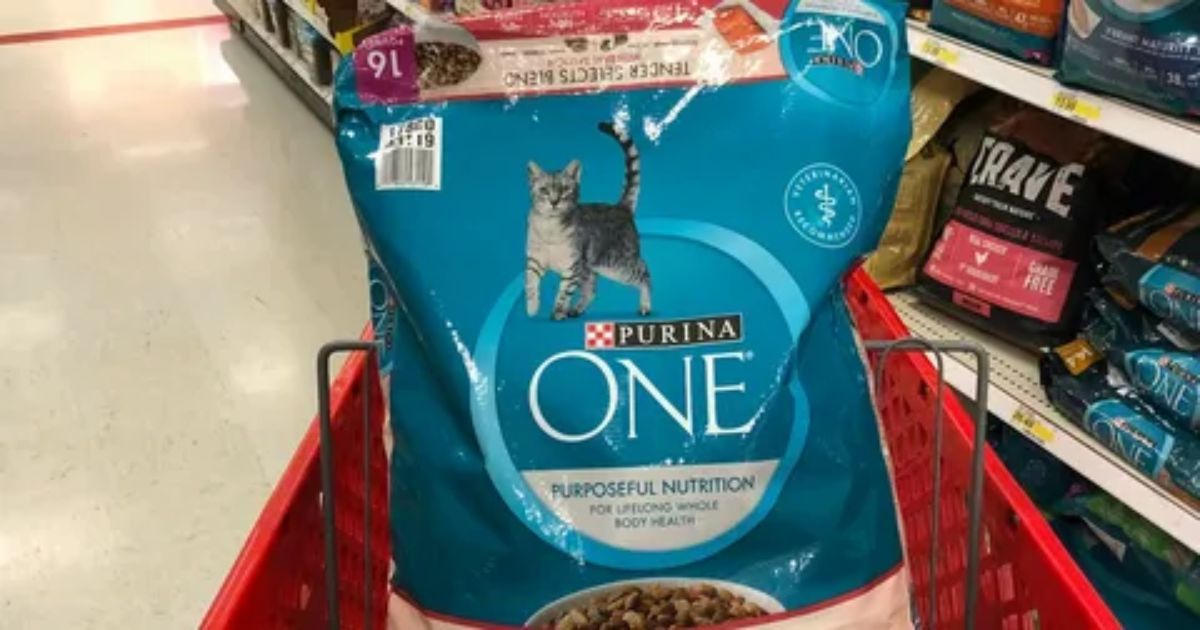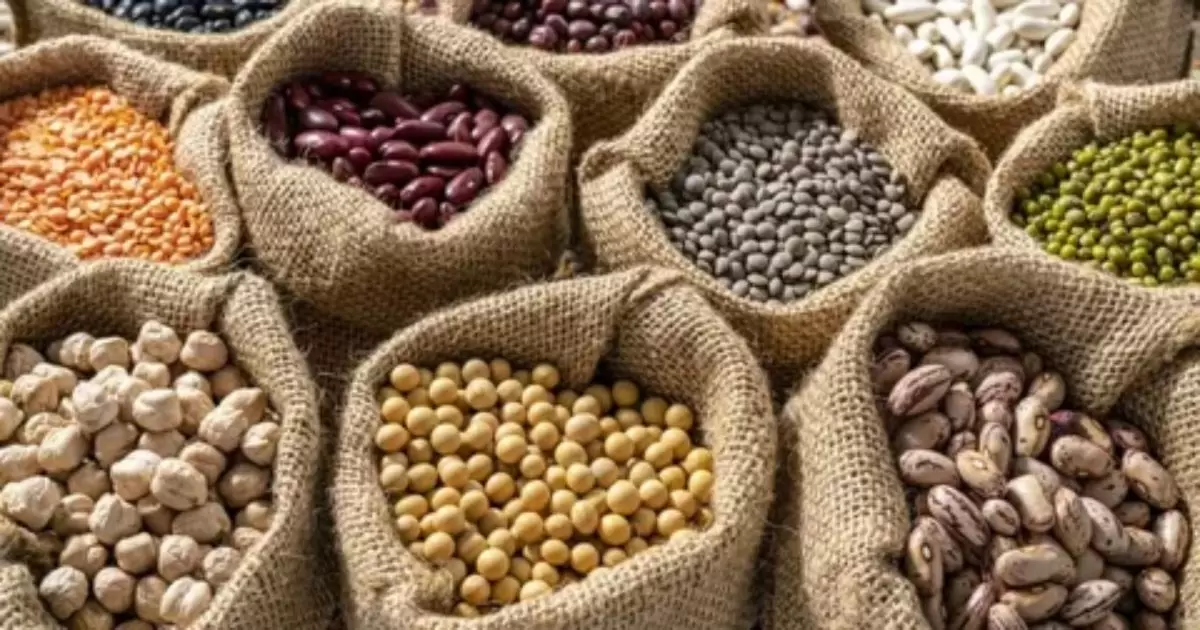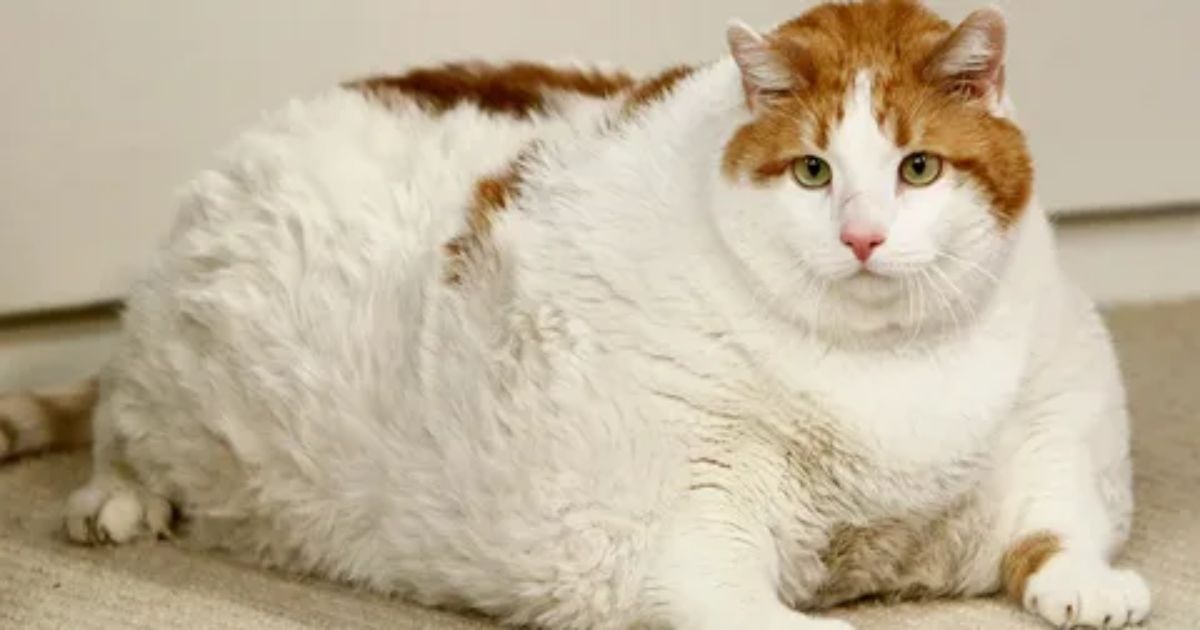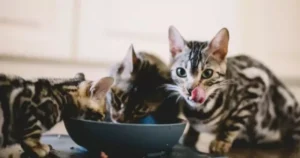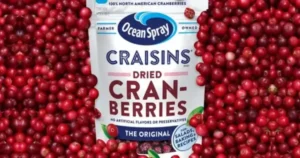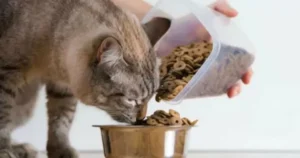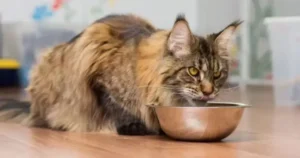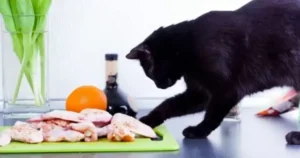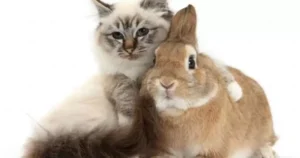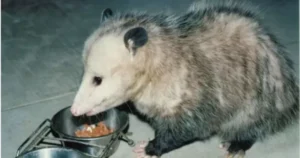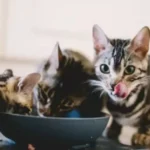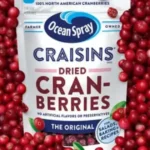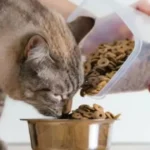With bright packaging featuring meaty morsels and healthy ingredients, Purina ONE cat food aims to be a nutritious choice. But is this popular cat food truly high quality and good for cats? As caring pet owners, it’s crucial we thoroughly examine what goes into our cats’ bodies. This in-depth guide breaks down the key factors to evaluate whether Purina ONE makes the grade.
Overview of Purina ONE Cat Food
- Produced by Nestle-owned Purina, one of the largest pet food companies
- Dry and wet formulas for adult cats and kittens
- Emphasizes real meat as first ingredient with added vitamins/minerals
Purina Claims About Benefits:
- High protein from quality animal ingredients
- Supported immune system health
Glucosamine from natural sources, having no artificial coloring, flavoring, or preservatives, supports joint health. Purina ONE’s attractive packaging, appealing messaging, and accessibility inspire many cat owners to feed their cats, thinking it is the best healthy option. Let’s examine the source, ingredients, and nutritional sufficiency so that you may make a correct decision.
Assessing the Ingredients’ Quality
Cats need a lot of high-quality animal proteins from entire food sources because they are obligate carnivores. Examining the first five primary ingredients, which make up the majority of the dish, is important, even when looking past marketing hype.
The first five components of several Purina ONE formulations are as follows:
Adult Recipe for Chicken with Rice: Brewers rice, chicken, corn gluten meal, poultry by-product meal, and animal fat with mixed tocopherols preserved
Chicken and Rice Kitten Formula:
Observations on Key Ingredients
- Feature real chicken or tuna first instead of meals, indicating whole meat
- Animal-based proteins make up 3 of the first 5 ingredients usually
- All formulas contain corn, rice, or wheat fillers in the top 3
- Some use cheaper by-product meals farther down the list
The prominence of actual chicken and tuna is positive. Yet many vets consider corn, wheat, and by-products lower quality inputs with less nutritional value for cats. This indicates ingredient quality is mixed.
Concerns Around Corn, Rice, and By-Product Meals
- Corn and rice – Contribute calories but minimal nutrition otherwise. Can sometimes irritate food sensitivities.
- By-product meals – Components like bones/feathers have questionable digestibility. Quality control of mix can vary from batch to batch.
Evaluating Nutritional Adequacy
For optimal growth, cats need essential vitamins, minerals, fatty acids, proteins, and other nutrients in proper ratios in their food.
Does the analysis of Purina ONE formulas line up with expert nutritional standards for adult cat foods?
| Key Nutrient | Purina ONE Analysis | FEDIAF Guidelines |
| Crude Protein | 26-31% | 26% |
| Fat Content | 12-16% | 9% |
| Vitamin A | 2.2-5.3 KUI/kg | 5 KUI/kg |
| Vitamin D | 270-485 UI/kg | 500 UI/kg |
| Vitamin E | 16-48 IU/kg | 10 IU/kg |
| Taurine | 0.15-0.3% | 0.1% |
| Arachidonic Acid | 0.025-0.034% | 0.02% |
| Linoleic Acid | 1.1-1.7% | 0.5% |
Per Purina ONE GARANTI feeding tests and product specs
Fediaf = European Pet Food Industry Guidelines
Purina ONE does deliver ample protein and meets minimum standards for important amino acids, vitamins, and minerals. However, fat content exceeds guidelines in most formulas. How does this high-fat level impact cats?
Potential Effects of High Fat Content
With fat percentages significantly above recommended allowances, feeding Purina ONE long-term may carry risks including:
✔ Weight gain – Extra calories are prone to causing obesity when repeatedly fed, especially with low activity levels. Over 50% of cats are overweight.
✔ Pancreatitis – High dietary fat is linked to this extremely painful condition. Especially risky for cats already prone to pancreas issues.
✔ Diarrhea, vomiting – Sudden high fat intake can upset digestive systems in some cats. Gradual transition between foods is key.
This suggests cat owners should feed (and transition to) Purina ONE cautiously and monitor for signs of any digestion or weight issues. Limiting portion sizes can help counteract high-fat formulas.
Analyzing Testing Protocols and Adherence to Standards
All major pet food companies should strictly test the nutritional adequacy and safety of their products. This includes both in-house analysis for guarantees as well as third-party verification to confirm quality.
What testing does Purina ONE undergo?
✔ AAFCO feeding trials – Yes, conducts trials according to Association of American Feed Control Officials protocols
✔ FDA compliance – Yes, adheres to Food and Drug Administration regulations for ingredient safety
✔ Product traceability – Yes, every manufactured batch can be traced back through their systems
One concern raised by some experts relates to the high temperatures and extrusion process used to produce the dry kibbles. This alters proteins and other compounds from their natural state which may affect digestibility.
Veterinary Perspectives on Purina ONE
Many veterinarians consider Purina ONE an average-quality brand – acceptable but certainly not premium. Common takeaways from vets regarding Purina ONE:
✔ Good minimum nutrition but lacks “extras” – Provides adequate maintenance but no outstanding benefits
✔ Higher fat less ideal – Leans too heavy on fats for balanced feline health
✔ Consider mixing or rotating – Combine with other commercial or homemade foods for diversity
Most vets agree Purina ONE makes a decent option if mixed/rotated with other brands, fed conservatively, or supplements added. One peculiar behavior that cat owners often see is their cat trying to bury her food after eating some of it. This is likely an ancestral instinct to hide extra food from competitors. Even domestic house cats retain this instinct to “cache” food, though often their burying motions seem half-hearted when there’s no substrate in their bowl. But burying aside, vets typically suggest superior alternatives to Purina ONE for a cat’s primary food.
Healthier Alternatives to Purina ONE
If hoping to optimize your cat’s diet, many veterinary nutrition experts recommend gradually transitioning to brands richer in high-quality proteins with fewer carbohydrates and synthetic additives.
Some well-rated alternatives to Purina ONE include:
- Instinct Original – A grain-free canned brand with 95% meat and vitamins/minerals
- Wellness CORE – Features a high amount of meat proteins with supplemental veggies/fruits
- Solid Gold Indigo Moon – Limited ingredients, heavy on animal proteins
Be sure to introduce any new cat food gradually by mixing it with previous food over 7-10 days before fully switching to avoid digestion issues.
Final Verdict: Good Enough but Room for Improvement
Evaluating the full profile of ingredients, testing processes, nutrition, and expert input, Purina ONE earns a rating of average to decent quality but falls short of excellent.
While Purina ONE meets baseline nutritional standards thanks to its maker Nestle’s sizable R&D capabilities, the brand faces some criticisms. Room for improvement exists by focusing recipes on natural whole food sources without unnecessary fillers and reducing fat content.
Purina ONE remains a viable option for mix-ins or rotation to diversify your cat’s diet. But cat owners looking for a superior formula to fuel their feline’s best long-term health should talk to their vet about gradually transitioning to a more premium, protein-focused brand that minimizes artificial additives and carbohydrate content. Supplying superior nutrition takes cats’ well-being to the next level rather than basic adequacy.
References
[1] FDA, Selecting Nutritious Cat Food
[2] Catinfo.org, Making Cat Food at Home
[3] Journal of Animal Physiology and Animal Nutrition, Nutrient Requirements of Cats
[4] Hill’s Pet Nutrition, Importance of Dietary Macronutrients for Cats
[5] Clinical Nutrition Service at Cummings School, Homemade Cat Food
Conclusion
While Purina One cat food features meaty marketing and meets baseline nutritional standards, it warrants some concerns. Our analysis shows why Purina One earns an average but not exceptional grade as cat food.
Purina One relies on cheaper fillers like corn and by-products amid its meat ingredients. Its formulas also supply more fat than is ideal for cats’ health. Though meeting minimum requirements for key nutrients, Purina One lacks outstanding nutrition and can contribute to weight and digestive issues if fed liberally long-term without rotation. Numerous alternatives exceed Purina One with quality proteins, limited carbohydrates, and greater nutritional precision. Cat owners seeking optimal commercial diets should transition gradually to a more premium brand in consultation with their veterinarian. But Purina One can serve a rotational role in diversifying feline diets.
